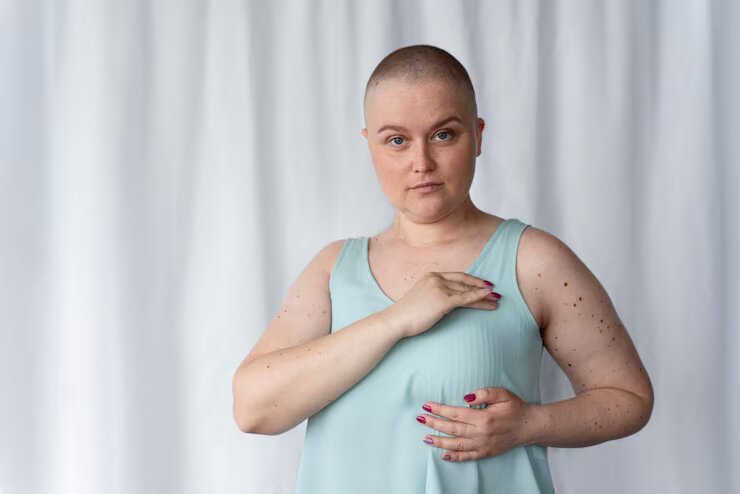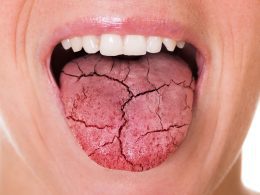Looking for ways to protect your skin and prevent skin cancer? You’re in the right place! With summertime just around the corner, it’s important to take heed of the sun’s powerful rays and how they can affect our health. In this article, we’ll cover everything you need to know about preventing skin cancer, from sunscreen tips to lifestyle changes that can make a big difference. So grab a cup of coffee and get ready to learn more about protecting your largest organ – your precious skin!
What is skin cancer?
Skin cancer is the most common form of cancer in the United States. More than 3.5 million skin cancers in more than two million people are diagnosed annually, according to the American Academy of Dermatology.
There are three main types of skin cancer: basal cell carcinoma, squamous cell carcinoma, and melanoma. Basal cell and squamous cell carcinomas are less aggressive and more likely to be cured if caught early. Melanoma is the most dangerous type of skin cancer and can be life-threatening if not caught early and treated aggressively.
Most skin cancers are caused by exposure to ultraviolet (UV) radiation from the sun or tanning beds. You can reduce your risk of skin cancer by avoiding excessive UV exposure, wearing sunscreen with an SPF of 30 or higher, and avoiding tanning beds.
The different types of skin cancer
There are three types of skin cancer: basal cell carcinoma, squamous cell carcinoma, and melanoma.
Basal cell carcinoma is the most common type of skin cancer. It usually appears as a small, pearly bump on the face, neck, or chest. If left untreated, it can grow larger and become disfiguring.
Squamous cell carcinoma is the second most common type of skin cancer. It usually appears as a firm, red bump on the face, neck, or hands. If left untreated, it can spread to other parts of the body and be fatal.
Melanoma is the most serious type of skin cancer. It usually appears as a dark spot on the skin that is larger than a pencil eraser. If left untreated, it can spread to other parts of the body and be fatal.
Risk factors for developing skin cancer
There are many things that can increase your risk of developing skin cancer. Some of the most common include:
• Unprotected exposure to UV radiation from the sun or artificial sources like tanning beds
• A history of sunburns, especially in childhood
• Fair skin that burns easily or freckles
• A family history of skin cancer
• Certain medical conditions like xeroderma pigmentosum or albinism
How to prevent skin cancer
Most skin cancers are preventable. The key is to take steps to protect your skin from the sun’s harmful ultraviolet (UV) rays.
Here are some tips for preventing skin cancer:
• Stay in the shade, especially between 10 a.m. and 4 p.m., when the sun’s UV rays are the strongest.
• Wear protective clothing, such as a long-sleeved shirt, pants, a wide-brimmed hat, and sunglasses.
• Apply sunscreen with SPF 30 or higher liberally and often, even on cloudy days. Be sure to reapply sunscreen every two hours, or more frequently if you’re swimming or sweating.
• Avoid tanning beds and sunlamps.
Symptoms of skin cancer
Most people are familiar with the common symptoms of skin cancer, which include changes in the size, shape, or color of a mole, a new mole, or a sore that doesn’t heal. However, there are other less well-known symptoms of skin cancer that you should be aware of. These include:
• A change in the texture of your skin, such as roughness, scaliness, or crusted over patches
• An itchy sensation on your skin that doesn’t go away
• Bleeding or oozing from a wound that won’t heal
• The development of small lumps under your skin
If you notice any of these symptoms, it’s important to see a doctor as soon as possible. Early detection is key to successful treatment of skin cancer.
Treatment options for skin cancer
There are a number of treatment options available for skin cancer, and the best option for you will depend on the type and stage of your cancer. Surgery is the most common treatment for skin cancer, and can be used to remove both cancerous and non-cancerous growths. Other common treatments include radiation therapy, chemotherapy, and immunotherapy.











